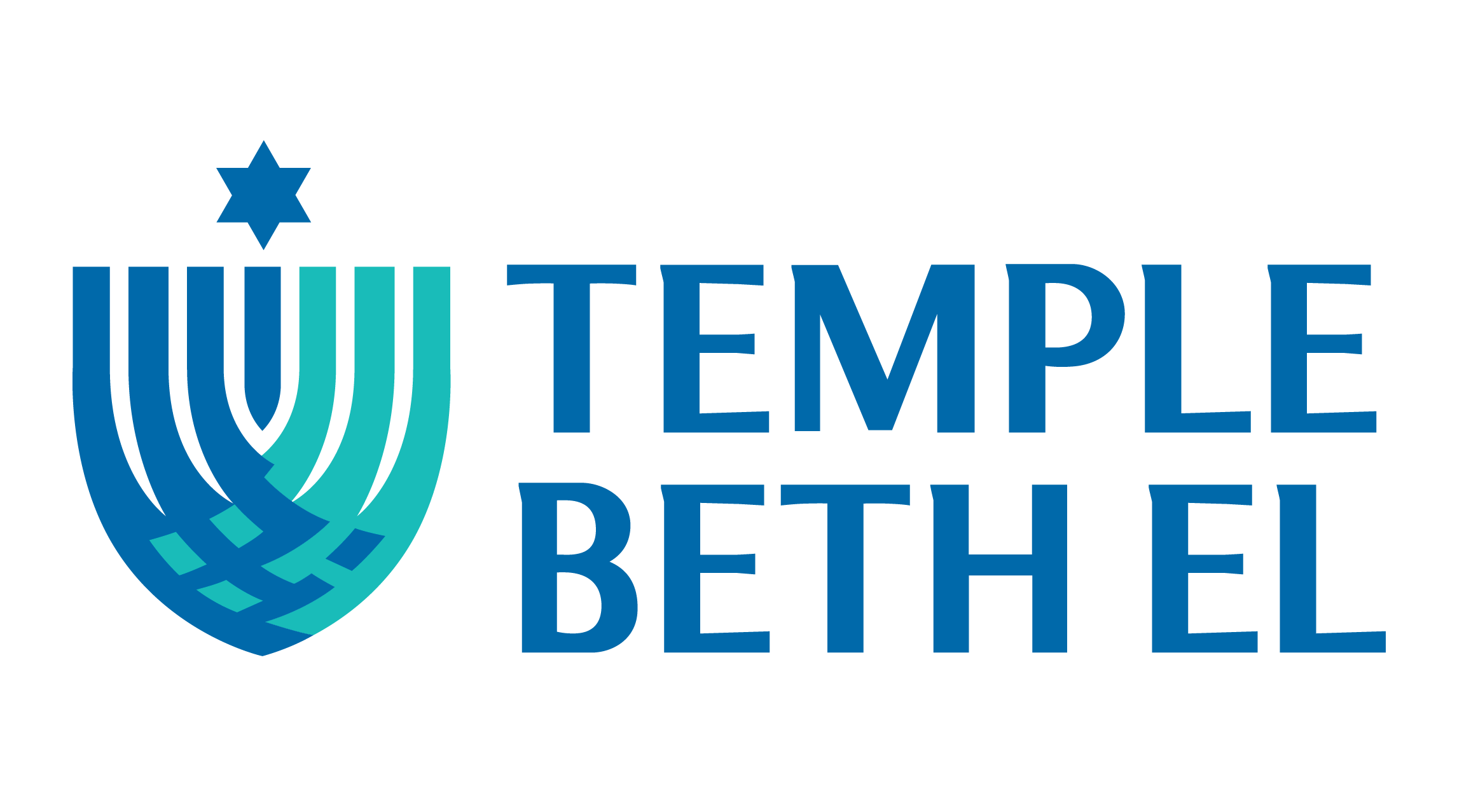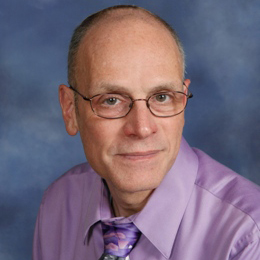In early November, 18 Temple Beth El members joined 5,000 Reform Jews from all over the world in Orlando for the URJ Biennial. I have been attending Biennials since the 1997 convention in Dallas when I was still a cantorial student at HUC. I’ve been honored to be a presenter at workshops and lead worship services over the years. But whether I’m “working” or a “civilian,” I always find Biennials to be uplifting, inspiring, and energizing.
One of the things I love the most about Biennial is the sense of belonging to something so vast. We are a relatively isolated Reform community here in Charlotte and it is easy to forget that we are part of such a large movement. To listen to and speak with Reform Jews from all over the world, and to participate in Shabbat worship services with 5,000 engaged and enthusiastic congregants from across the movement is to have a sense of belonging to something that is both awesome and sacred.
The other thing that makes Biennial so special for me is the opportunity to reconnect with friends and colleagues, and to meet new people who share in the work of strengthening our movement. Whether catching up on our personal journeys or comparing notes on the work of our synagogue communities, I am always delighted to see the many people I’ve encountered through Hebrew Union College, the American Conference of Cantors, or in my two decades serving on our national Commission on Synagogue Music/Commission on Worship, Music, and Religious Living. And there are ample and often unplanned opportunities to make new connections. As I sat talking with an acquaintance before Friday night services, the wonderful author, Marcia Falk, came to sit with us for worship. Only at Biennial!
This particular Biennial was very special for me because Rabbi Judy and I were invited to lead one of the Thursday ma‘ariv worship services. I teach at HUC with the Biennial Worship Director who invited us as a clergy team to bring some of our unique and innovative Temple Beth El worship to the Orlando gathering. Rabbi Judy and I enjoy leading worship together, and both of us were excited to be offered this opportunity. Because we usually lead Shabbat services, the challenge of using a different liturgy was a great opportunity for creativity and collaboration. Of all the things we do at TBE that I wanted to share at Biennial, involving our youth as full participants in worship was my highest priority. With the help of a number of people, C.J. Torcellini, one of our budding teenage songleaders, was able to travel to Orlando with us. C.J. and I worked diligently for weeks pulling together all of the music for the service. Working at a high, professional level is often one of the best ways to elevate your skills to new heights, and I couldn’t be more proud of how C.J. rose to the occasion. With some 200 people from all over the world in attendance (even my hosts from my 2009 trip to Brazil were there!), Rabbi Judy, C.J. and I were able to share the best of Temple Beth El with the Biennial attendees. The Biennial also brings the best Jewish singer-songwriters from all over the country together, so I was excited that C.J. had the opportunity to hear and be inspired by all of them performing up close.
In fact, among the 200 or so teens and college students that attended Biennial, Temple Beth El had three participants — not bad considering that there were almost 900 congregations represented. C.J. and David Czarlinsky participated in the teen program and Jake Kalik was one of the college-age volunteers. (Our TBE delegation actually thought that Jake must have clones because we couldn’t go anywhere without seeing him.) Biennial is a place where the youth and the adults are equal participants, and watching their engagement, poise, and maturity throughout the convention was a glimpse into a very bright future. I am proud to be part of a congregation that has and will continue to offer so much to our Reform movement.




